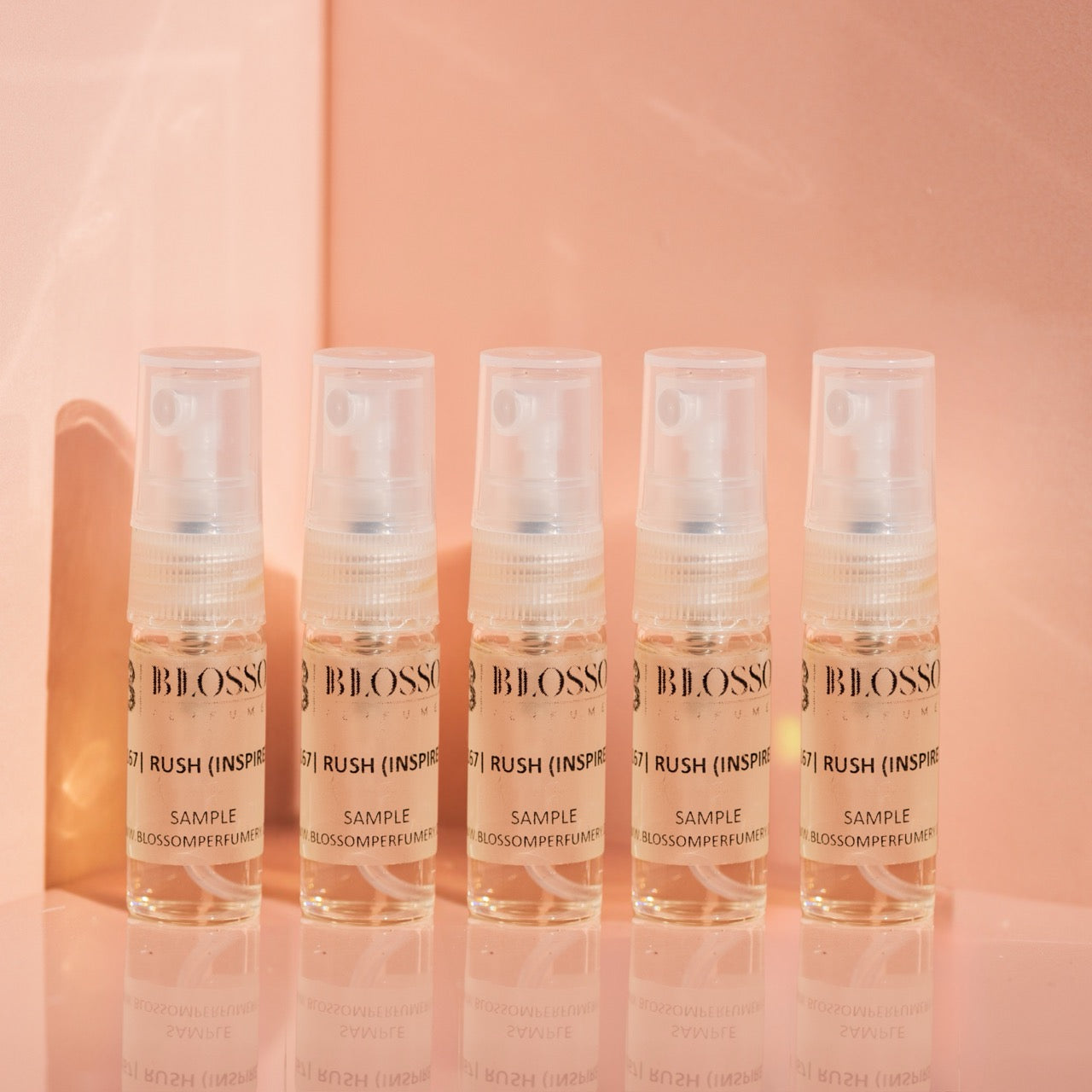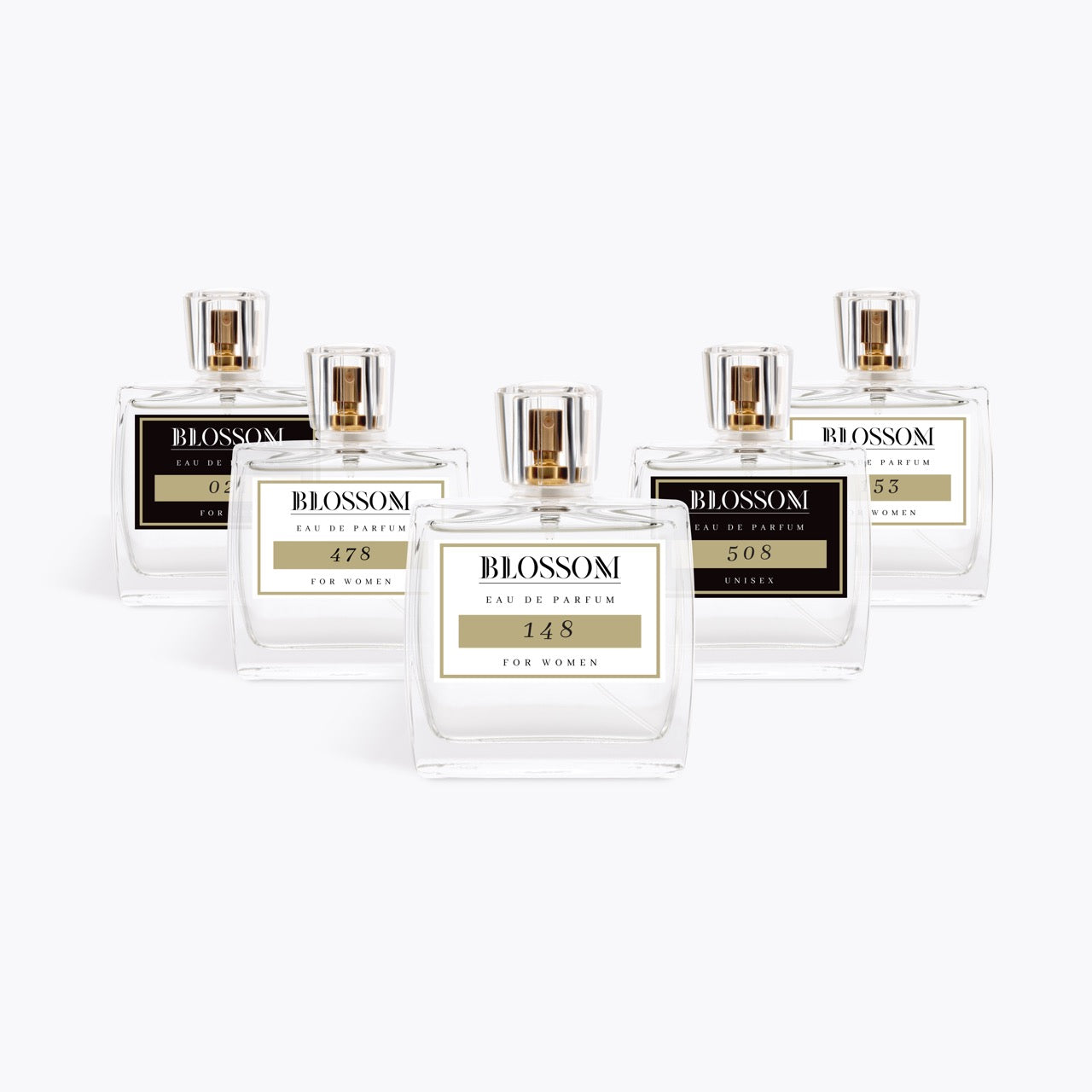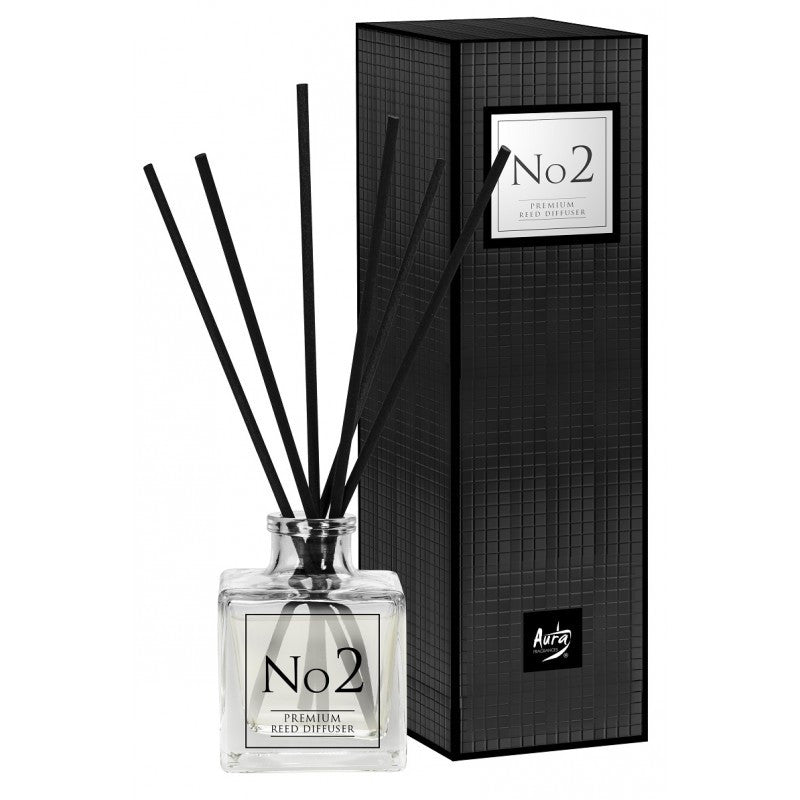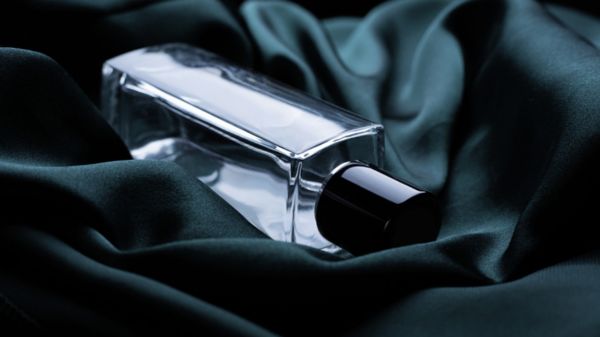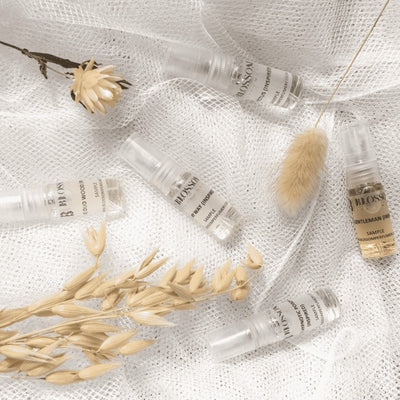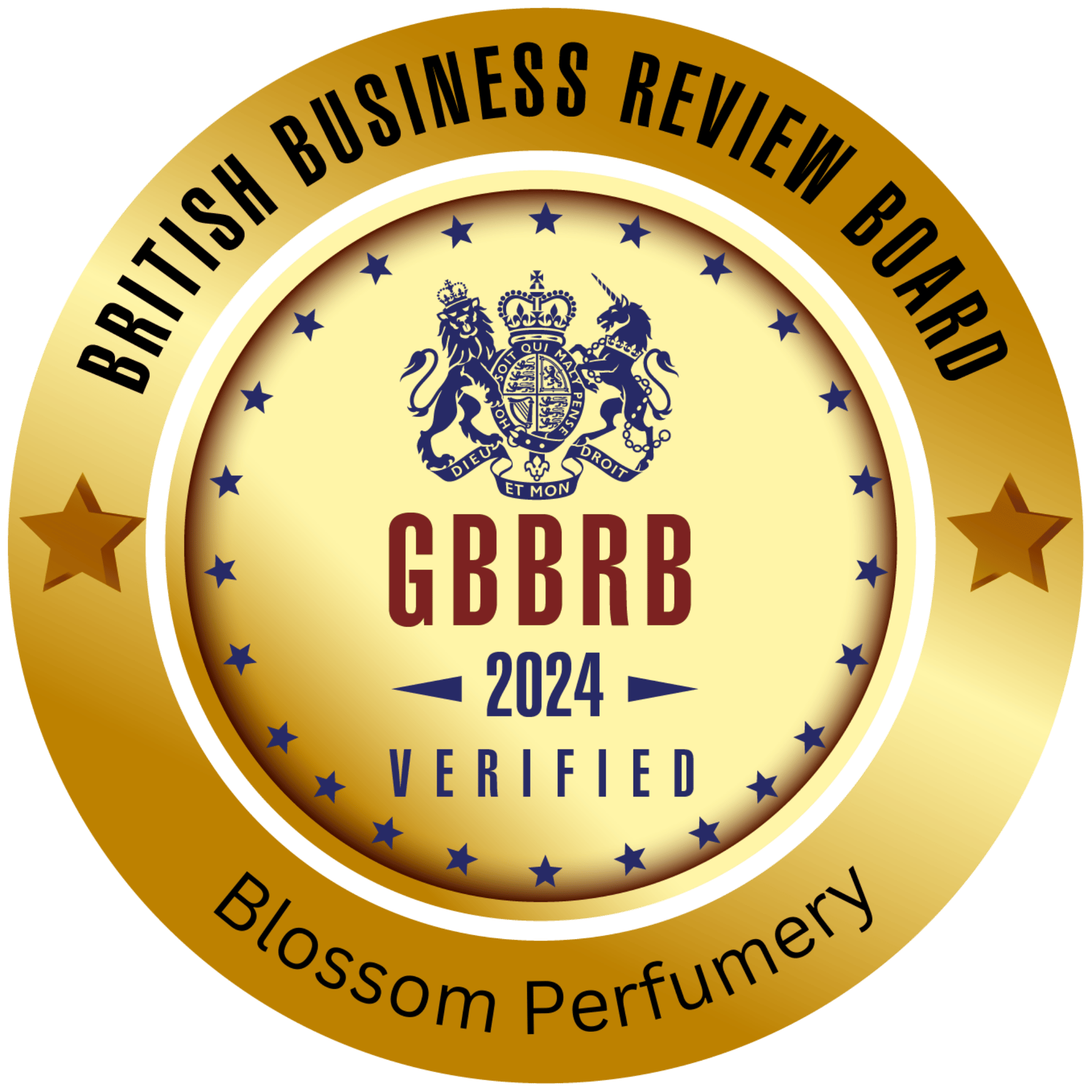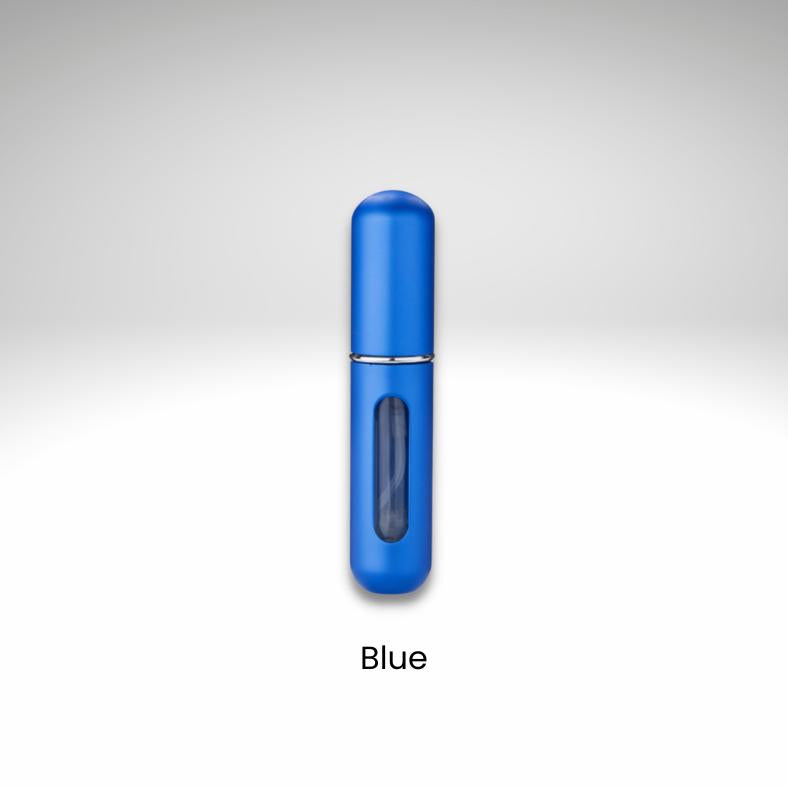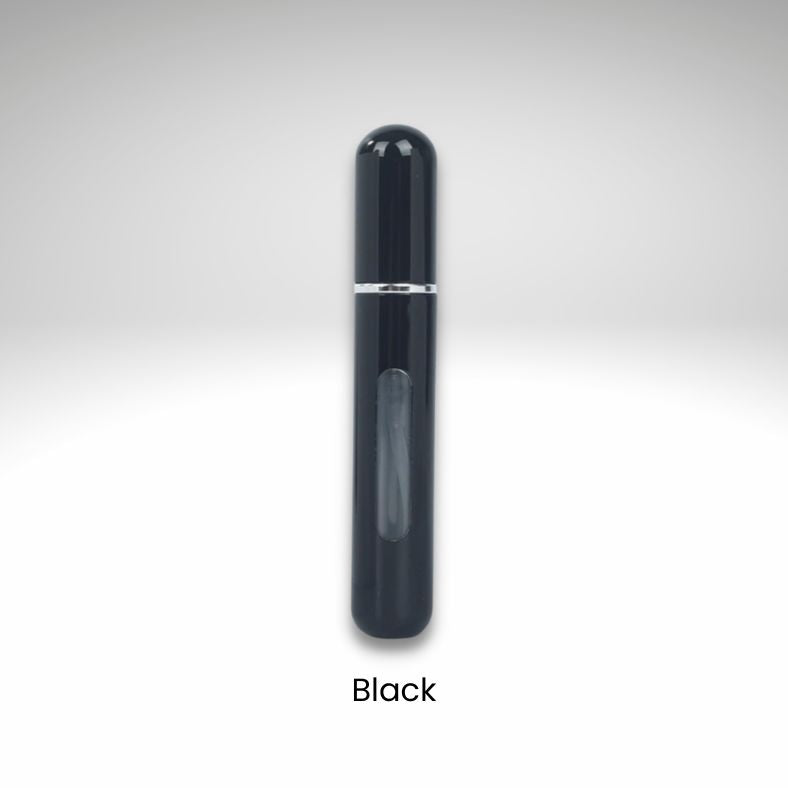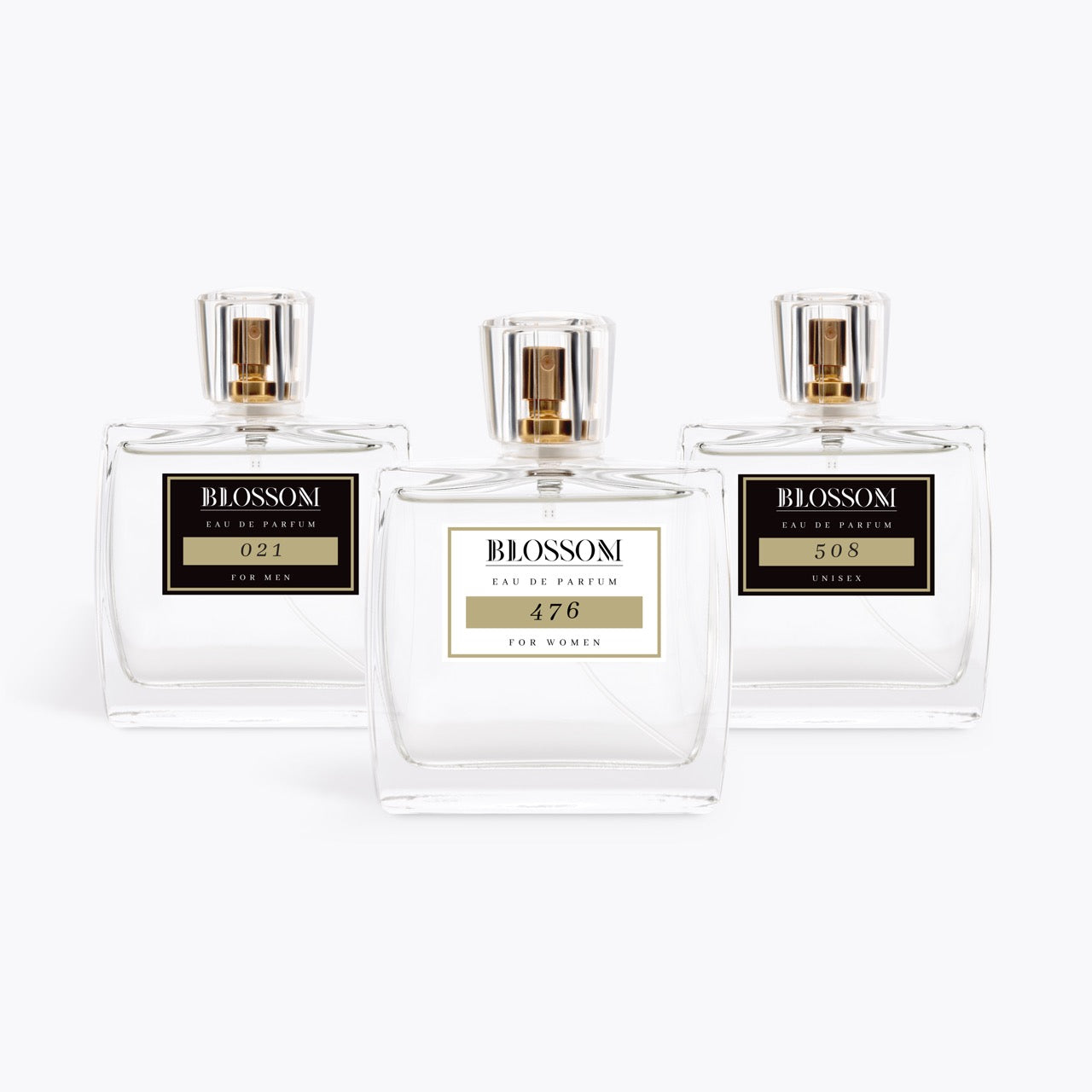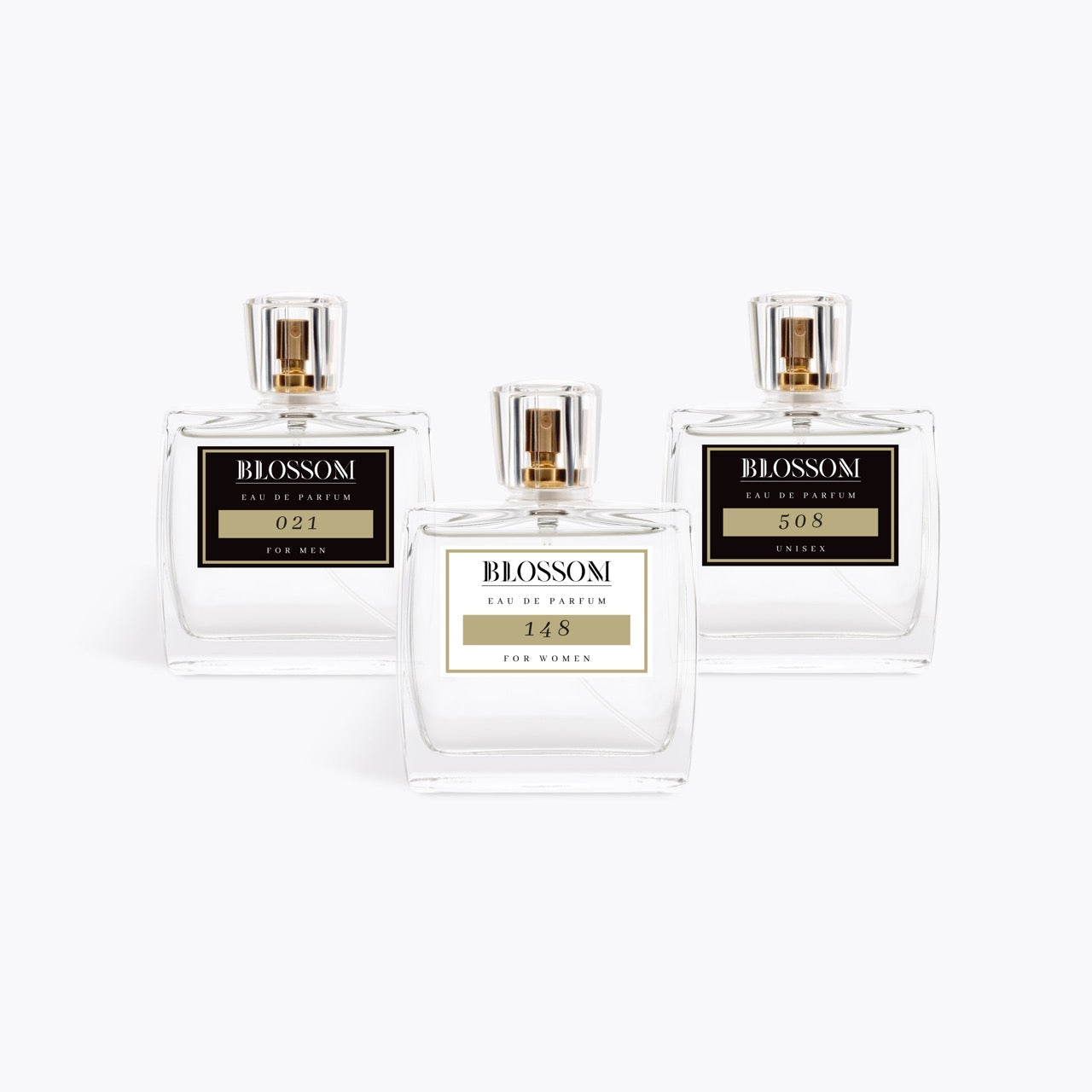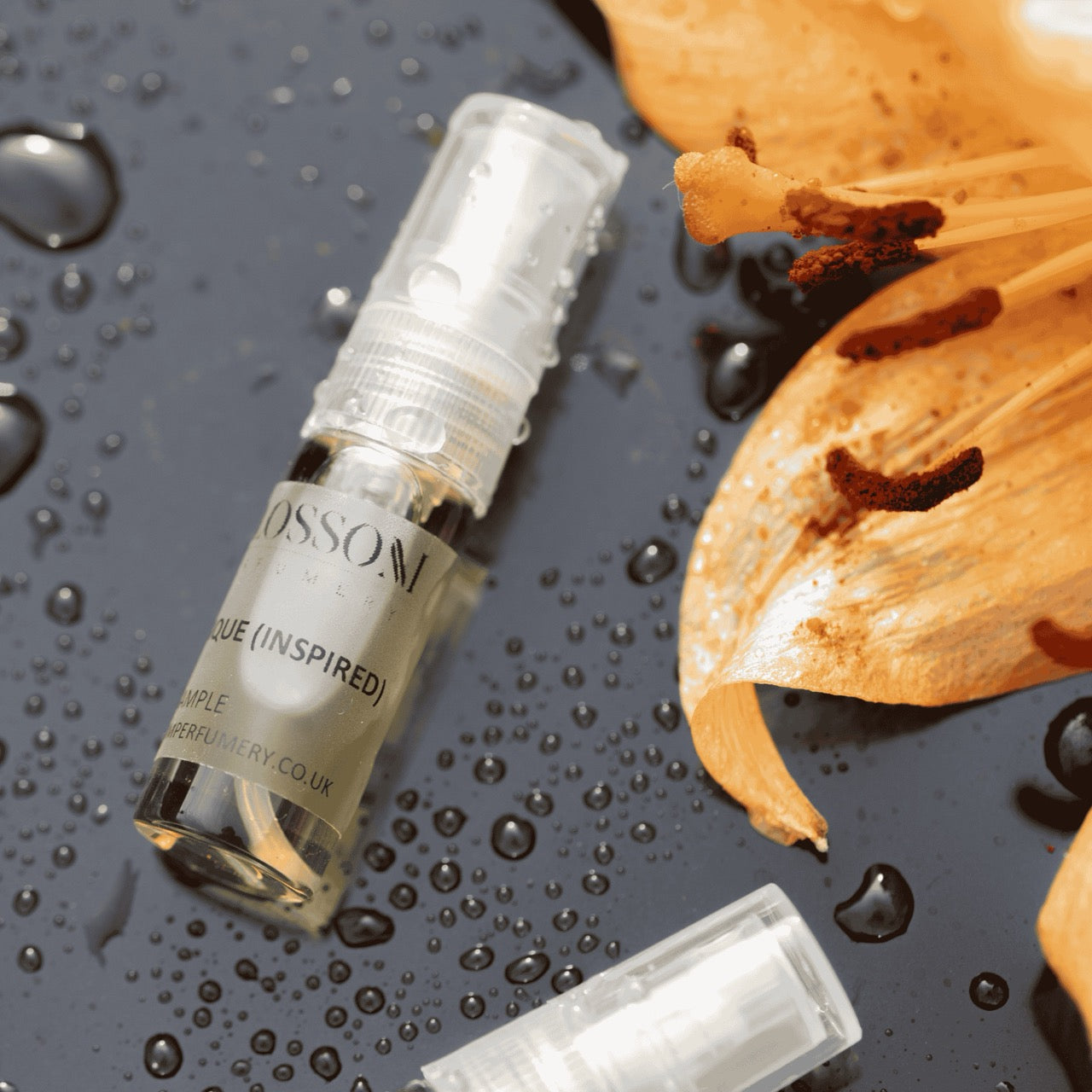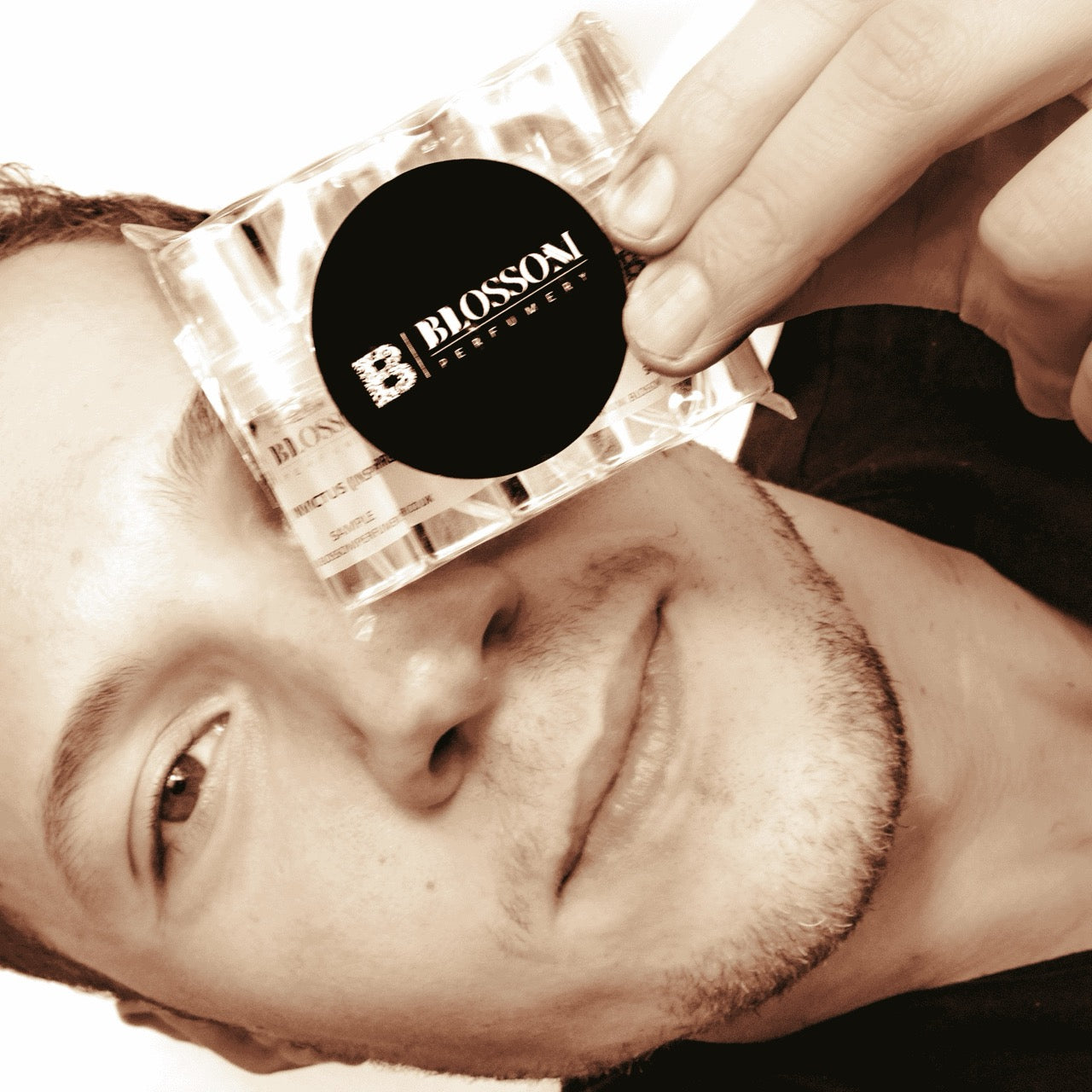You’ve seen it countless times, gracing the labels of elegant bottles: Eau de Toilette. Perhaps you’ve even spritzed some on this morning. But have you ever paused and wondered about that name? It sounds a touch peculiar, doesn’t it? "Toilet Water" – it hardly evokes the sophisticated elixirs we adore.
Rest assured, the story behind the name is far more refined than a literal, modern translation might suggest. It’s a glimpse into history, a nod to grooming rituals, and a key to understanding a fragrance's character.
Why It’s Called “Eau de Toilette”?
The French word toilette originally referred to the process of grooming oneself – washing, dressing, attending to one's hair and appearance. Indeed, the phrase "faire sa toilette" directly translates to "getting ready" or performing one's ablutions. It encompassed the whole ritual of preparing for the day or an evening out. The term itself derives from "toile", a small cloth that might have been laid out with grooming articles. So, an Eau de Toilette was, quite literally, a scented water used as part of this personal care regimen.
It's also interesting to note how the meaning of "toilette" evolved. While initially referring to the grooming process and the cloths involved, by the early 19th century, it also came to describe a special room for grooming, the cabinet de toilette. Only later, in certain regions and contexts, did the term become associated with the sanitary fixture we know today, which explains why "toilet water" can sound so jarring to modern ears. The original meaning, however, was all about refinement.
From Grooming Ritual to Fragrance Staple
The journey of Eau de Toilette from a simple scented water for the toilette ritual to a mainstay on our fragrance shelves is quite a story. Long before the complex fragrances we know, there were simpler, alcohol-based preparations. Consider "Hungary Water", one of the first alcohol-based perfumes in Europe, which appeared around the 14th century. Legend, though likely apocryphal, tells of it being formulated for Queen Elizabeth of Hungary, who supposedly used it so devoutly that it maintained her youthful appearance, even leading to a marriage proposal when she was well into her seventies. These early concoctions, often based on herbs like rosemary and thyme distilled in brandy or wine, were used for their refreshing and perceived hygienic properties – clear precursors to the Eaux de Toilette to come.
Originally, Eaux de Toilette themselves were often simpler compositions, perhaps infused with readily available botanicals, used for their refreshing and subtly cleansing properties. Imagine ladies and gentlemen of centuries past, dabbing these fragrant waters onto their skin with a fine cloth. It was less about a powerful statement and more about personal freshness and a delicate aura.
As perfumery evolved into the art form we know today, the Eau de Toilette concentration found its distinct place. It wasn't just about splashing on some nice-smelling water anymore. Perfumers began to craft complex compositions specifically for this concentration, understanding its unique appeal. It became a way to experience a fragrance in a lighter, often brighter, iteration. This accessibility, both in terms of scent profile and often price point, helped cement its popularity. We see this legacy even now; many iconic fragrances are offered in an Eau de Toilette version, sometimes as the original, sometimes as a flanker. Many of these have inspired modern interpretations, much like some iconic fragrances of the 20th century continue to influence perfume trends.
What Does Eau de Toilette Actually Signify?
Beyond the charming history, what does Eau de Toilette (often abbreviated as EDT) mean in practical terms for us fragrance lovers? It primarily refers to the concentration of aromatic compounds – the pure perfume oils – in the solvent, which is usually alcohol.
Generally, an Eau de Toilette contains around 5% to 15% perfume oil. This is a bit of a general range, mind you, as there isn't a universally enforced standard, and it can vary slightly between fragrance houses. Compare this to:
-
Eau de Cologne (EDC): Typically lighter, around 2-4%.
-
(EDP): Stronger, usually 15-20%, often preferred by those seeking a lasting impression whether choosing from sophisticated women's EDPs or versatile men's EDPs for everyday wear.
-
Parfum or Extrait de Parfum: The most concentrated, often 20-30% or even higher.
This concentration directly impacts a few key characteristics: intensity, longevity, and sillage, which is the trail a fragrance leaves. An EDT is generally less tenacious than an EDP, meaning it might not last as many hours on the skin. Its sillage is often more moderate, making it a less overpowering choice. The global perfume market, valued at approximately USD 50-56 billion in 2024, reflects diverse consumer preferences for these different strengths. While Eau de Parfum often holds a significant market share, say around 40% in some analyses, Eau de Toilette is also very popular, capturing about 35% of the market, underscoring its widespread appeal and versatility.
When Does an Eau de Toilette Shine?
Knowing its nature, when is an Eau de Toilette the perfect pick? Its characteristics make it wonderfully versatile. For many, it's the ideal daily wear fragrance. It’s present enough to be enjoyed, but subtle enough not to overwhelm in close quarters, like an office or during a casual meet-up. You get to enjoy your chosen scent, and so do those near you, without it feeling like an olfactory announcement.
Your Everyday Go-To
An EDT generally lighter character means you can reapply later in the day if you wish, without it becoming too heavy. It’s that easy reach when you want to feel put-together and refreshed. That burst of top notes can be particularly invigorating in the morning – a lovely part of, well, your modern toilette ritual!
A Breath of Fresh Air in Warmth
Warmer weather is another moment where EDTs truly come into their own. When the temperature rises, heavier fragrances can become cloying, almost suffocating. An Eau de Toilette, with its brighter composition and more moderate sillage, feels refreshing and appropriate. Think crisp aromatic fragrances with citrus, airy floral fragrances, or light woody scented notes in an EDT formulation – they just work beautifully in spring and summer. They bloom without overwhelming.
Finding the right perfume a bit tricky? Discover your perfect match with us.
Is It Just "Perfume Lite"?
Is an Eau de Toilette simply a watered-down version of its Eau de Parfum counterpart? Not necessarily, and often, not at all. While dilution is a factor, skilled perfumers frequently re-orchestrate the formula for an EDT. They might emphasize different facets of the fragrance, perhaps boosting the effervescence of the top notes or softening the base.
Sometimes, the EDT and EDP of the "same" scent can actually be quite distinct olfactory experiences. One might be fresher and more citrus-forward, the other richer and more amber scented or floral. It’s not always a simple case of less oil; it's often a different interpretation of the core idea. So, don't assume an EDT is just a weaker sibling. It can be a unique composition in its own right, designed to express a particular mood or highlight specific notes.

